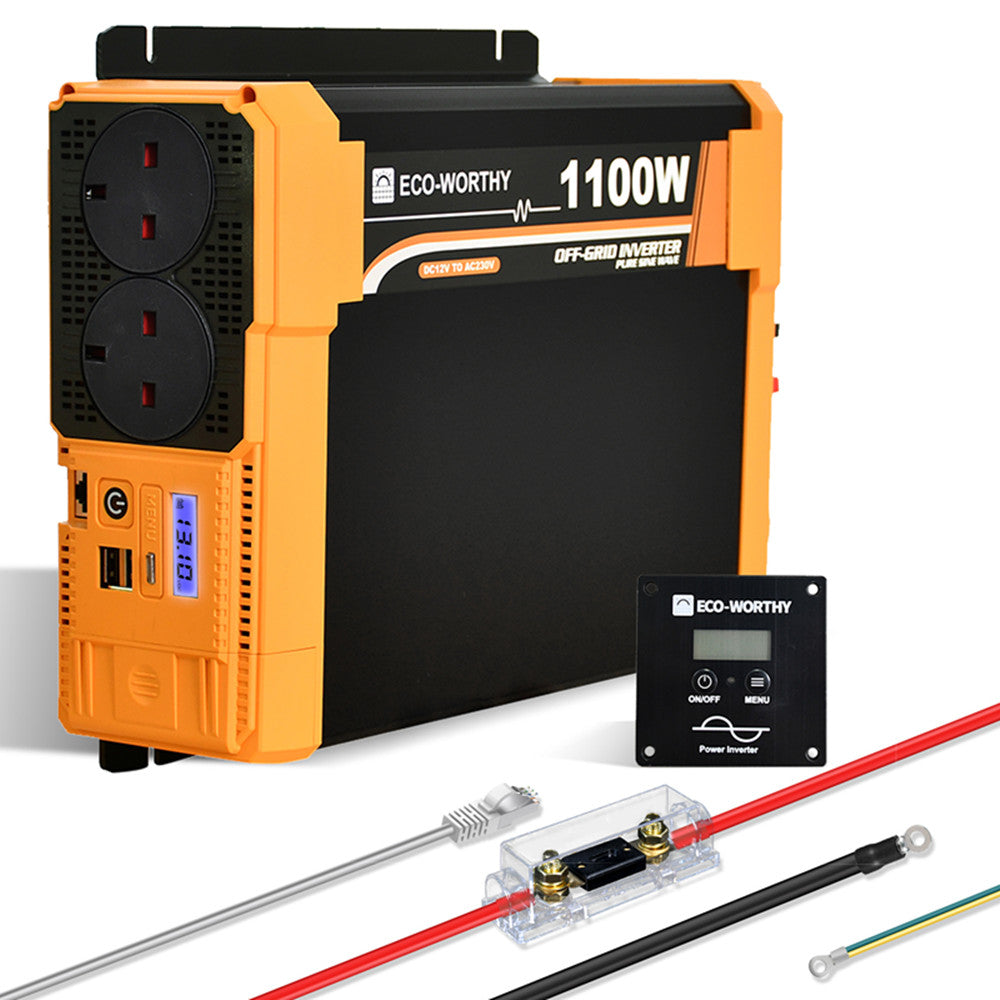The Essential Guide to Inverters: Understanding Types, Features, and Applications
الجسم
In the realm of renewable energy, inverters play a pivotal role. They are essential devices that convert direct current (DC) into alternating current (AC), making it possible for solar panels and other renewable energy sources to power homes and businesses. This article aims to provide a comprehensive understanding of inverters, their types, features, and applications.

Types of Inverters
There are several types of inverters available, each designed for specific applications. Understanding these types is crucial for selecting the right inverter for your needs.
- String Inverters: Commonly used in residential solar systems, these inverters connect multiple solar panels in a series. They are cost-effective and easy to install.
- Microinverters: These are small inverters attached to individual solar panels. They optimise the output of each panel, making them ideal for installations with shading issues.
- Central Inverters: Typically used in large-scale solar farms, central inverters manage the output from multiple strings of solar panels. They are efficient but require more space.
- Hybrid Inverters: These versatile inverters can manage both solar energy and battery storage, allowing for greater flexibility in energy usage.
Key Features of Inverters
When selecting an inverter, several features should be considered to ensure optimal performance:
- Efficiency: Look for inverters with high efficiency ratings, as this indicates better energy conversion and less waste.
- Monitoring Capabilities: Many modern inverters come with monitoring systems that allow users to track energy production and consumption in real-time.
- Safety Features: Inverters should have built-in safety mechanisms, such as overvoltage protection and short-circuit protection, to ensure safe operation.
- Warranty: A longer warranty period often reflects the manufacturer's confidence in their product's durability and reliability.
Applications of Inverters
Inverters are not limited to solar energy systems; they have a wide range of applications:
- Residential Solar Systems: Inverters are essential for converting solar energy into usable electricity for homes.
- Commercial Installations: Businesses utilise inverters to reduce energy costs and enhance sustainability.
- Electric Vehicles: Inverters are crucial in electric vehicles, converting battery DC power to AC for the motor.
- Backup Power Systems: Inverters are used in conjunction with batteries to provide backup power during outages.
Conclusion
Understanding inverters is vital for anyone interested in renewable energy systems. Whether you are considering a solar installation or exploring options for electric vehicles, knowing the types, features, and applications of inverters will help you make informed decisions. For those looking to purchase high-quality solar inverters, visit  for a wide selection of products.
for a wide selection of products.






تعليقات